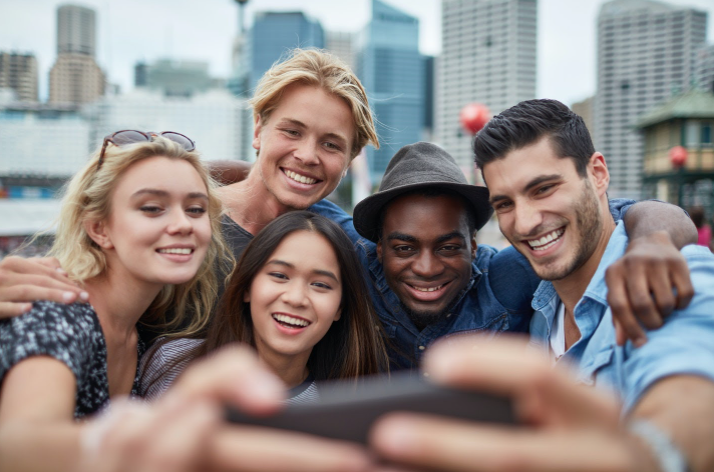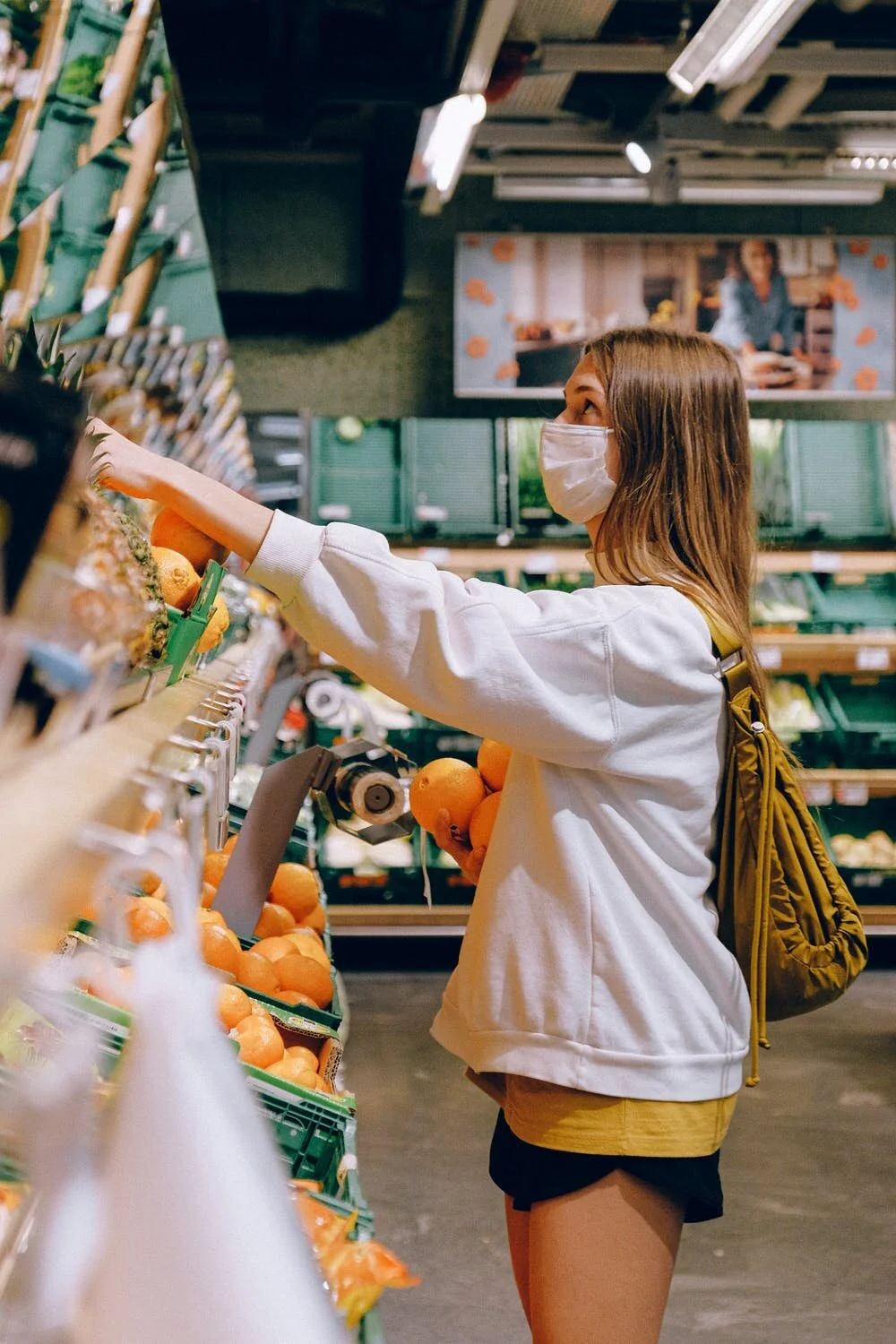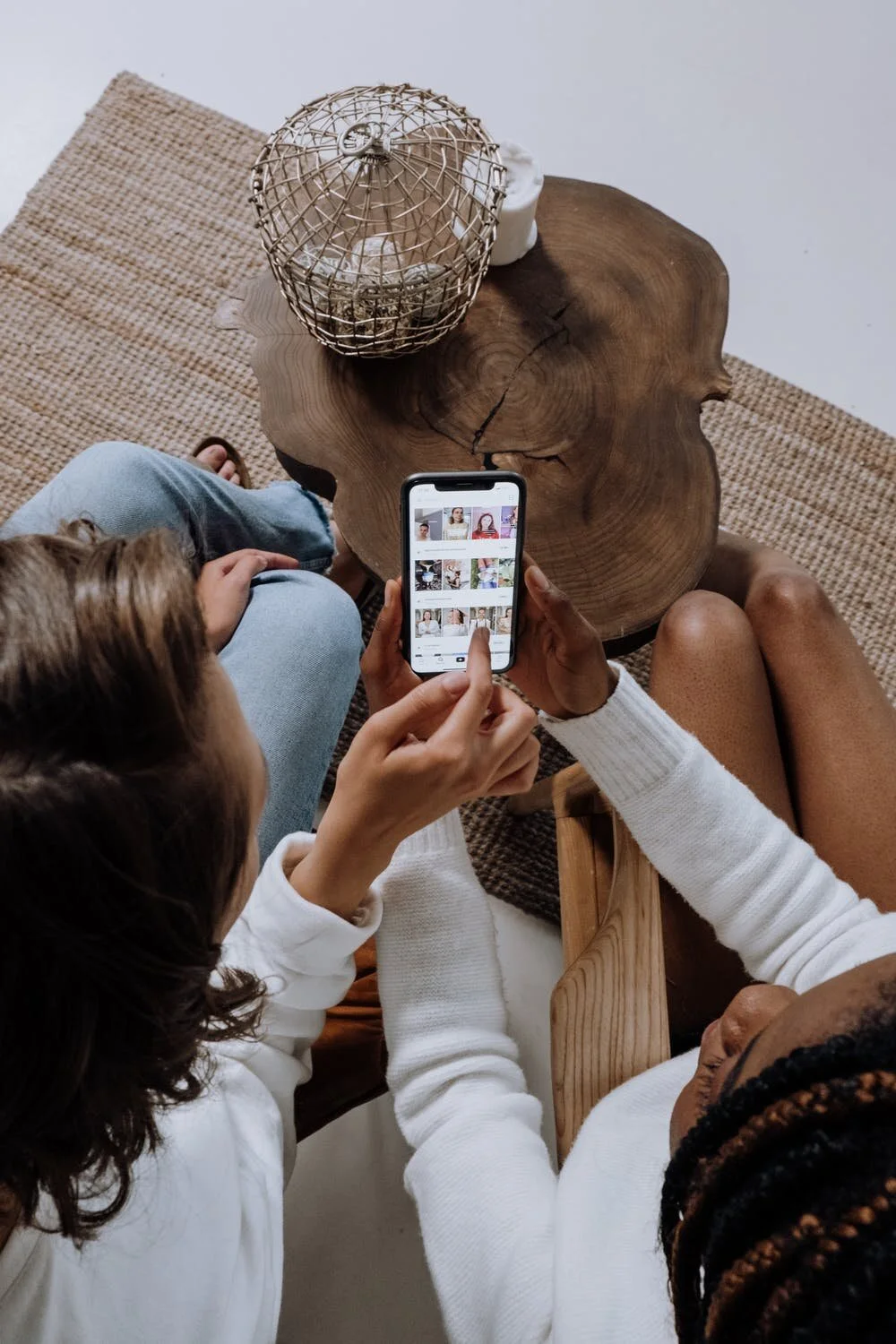What’s the Ideal Influencer Marketing Strategy in a Post-Pandemic World?
As the world re-opens in the aftermath of the pandemic, consumer marketing must adapt to the recent shifts in strategy and consumer behavior.
Social Media Tribes
The pandemic has categorized consumers into one of four categories. Davina Kumal, senior manager, PR, and influencer relations at FORMA Brands describes them as
Opportunists: low virus fear and not worried about financial impact, they use this time for self-betterment.
Survivalists: financial impact of the virus outweighs health fears, survival approach and only spending on needs
Shielders: scared of germs prompts them to leave the house the least, shopping more online as a result
Jugglers: both a financial and virus fear as one impacts the other
When approaching influencer marketing in the post-pandemic age, ensure that your brand has an outline of which consumer it is trying to capture.
What changed in consumer behavior?
The pandemic saw a shift towards stability and home-centered products among consumers. During the quarantine periods, influencer marketing emphasized a “back to the basics” approach by focusing on daily rituals (coffee, exercise, etc) as previously-used brands became a form of reassurance. As mandates are lifted, however, this trend continues as influencers emphasize a reconnection with local communities and businesses. In the world of influencer marketing, this is seen through the uptick in hashtags like #shoplocal, #supportsmallbusinesses, and #buylocal. Now more than ever, consumers want to see brands that embrace either a sort of cause. As the world begins to reopen, influencer marketing should capitalize on these trends of unity and re-emerging stronger and more sustainable than before in real life.
Heightened Social Media Usage
The pandemic prompted many to turn to their devices as connection with outside world. As a result, 47% of internet users increased their social media usage with inspirational accounts generating the most views. As more users went on their phones, influencer marketing shifted to a personalized approach by adapting to real world issues as opposed to impersonal ads. This sense of connection between influencers, users, and brands should continue to personalize its approach in the pandemic’s aftermath.
Do Not Underestimate Gen-Z
The generation born between 1999 and 2012 is infamously attached to their phones. These behaviors were heightened during the pandemic and should not be overlooked as the world reopens. Brands should look to connect with this group as they discuss opinions, hobbies, politics, and friendships over social media platforms. When a brand is targeting Gen Z, they should be transparent; filters, perfect looking post, and the ultra-edited world of advertisements does resonate with this age group. Gen Z are value based consumers, and are looking for brands to take a stand on issues that are relevant to them. They are influenced by influencers that are relatable not aspirational.
Increase in UGC
The sharp uptick in media presence was demonstrated by the pubic and celebrities alike. For example, celebrities like Jennifer Lopez turned to social media as other vessels for publicity were taken away. As a result, she used instagram stories more frequently and discussed brands like Hers and Super Coffee (following the philanthropic trend!). As the world reopens, media personalities are more comfortable using social media to advertise different products.
Brand Tip: make sure to pick an influencer who can personalize their approach! This period has shown success with that added passion to an advertisement.
Business take-over on social media
As a result of the massive public presence on platforms such as TikTok and Instagram, both platforms have added new business features. While Instagram is still testing its new native affiliate brand feature, they currently offer an in-app payment method to simplify the shopping experience for consumers on the app. Tiktok, on the other hand, is able to use their signature audio and visual features to showcase a brand with features like
Top View. A long- format video offered at the opening of the application that directs the user to the brand’s account.
Brand takeover. A 3-5 second video or JPEG for a dynamic or static display. Can link to brand website.
In-feed ad. Up to 60- second long video that appears on “For you” page and triggers engagement from users.
Branded Hashtag challenge . The challenge launched by a brand on video is highlighted and will go into a carousel on the trend discovery screen.
Sponsored effects. This allows a brand to create its own filters, stickers and special effects. All branded according to your brand identity.
What should your brand do?
Be flexible in the social media world by using a wide variety of platforms that can showcase viral content - don’t stick to one!
Identify the social media tribe your brand advertisement should attempt to reach
In the aftermath of the pandemic, note the importance of shop/support local
Focus on social justice issues if trying to attract gen z
Note the frequency at which major celebrities are turning to TikTok and Instagram to showcase brands
Overall, deploy a sense of authenticity within your brand



